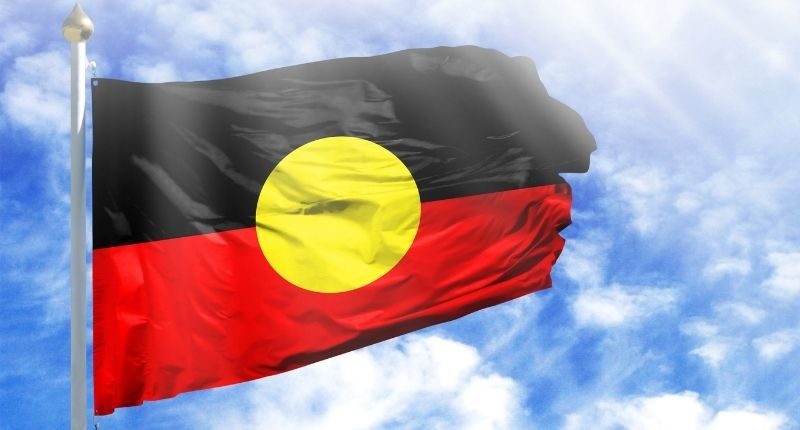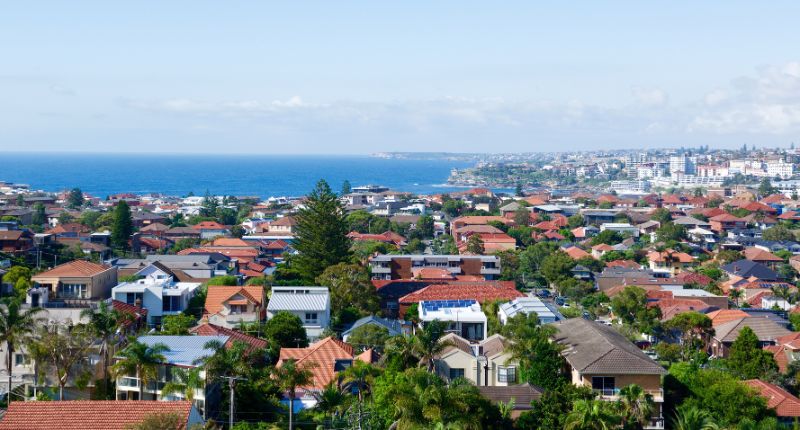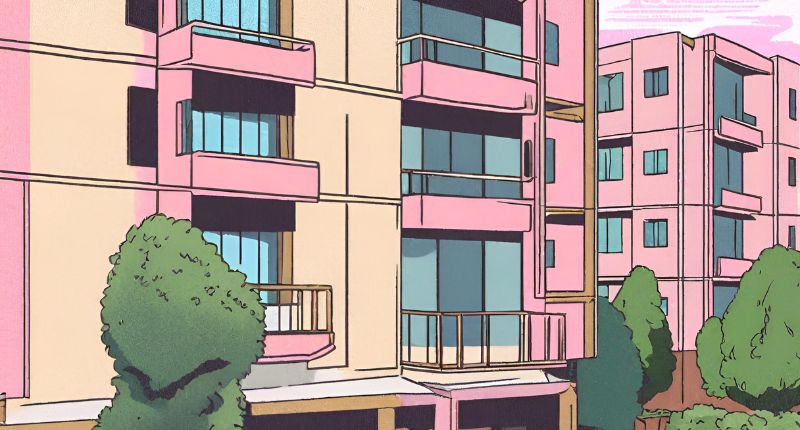- New agreement formally aknowledges the Tjuntjuntjara Community
- 78,500 hectares will be excised from WA's Great Victoria Desert Nature Reserve
- The community will have to be consulted before any mining exploration
An Indigenous Land Use Agreement was signed on Friday with the Tjuntjuntjara Community acknowledging their native title rights to the land on which the community currently resides.
About 78,500 hectares of land that was considered a part of the Great Victoria Desert Nature Reserve has now been reclassified with a perpetual lease.
The agreement means the land in southeast WA can now be used to improve outcomes for the local community.

Although the Tjuntjuntjara community has resided in the land since at least 1988, they have lacked a formal tenure.
Visiting Tjuntjuntjara, Aboriginal Affairs Minister Stephen Dawson said it was a great day for the proud community.
“…until now, a lack of formal land tenure has limited the ability of the community to pursue economic and social activities in the community, upgrade and expand housing and critical infrastructure, and create jobs and training opportunities for residents,” Mr Dawson said.
To formally reallocate the land, the agreement will be registered with the National Native Title Tribunal.
Following the agreement the Tjuntjuntjara community, also know as the Spinifex people, will need to be consulted before any mining and petroleum exploration can occur on the land.
Lands Minister Tony Buti said the agreement marks the end of a long campaign to formally acknowledge the Tjuntjuntjara community.
“It paves the way for registrable tenure and removing barriers that have otherwise constrained further development of the community.”
Tony Buti, Lands Minister
This agreement recognises the land on which the community currently resides, however, the native title rights of the Spinifex People were first recognised over 20 years ago when the Commonwealth Native Title Act 1993 came into effect.








